 David Honig is a graduate student in marine science at Duke University in the lab of Dr. Cindy Van Dover. He is participating in LARISSA, a 2 month multinational expedition to study the causes and consequences of the ice shelf collapse. He will be posting regular updates on the expedition exclusively for Deep Sea News readers!
David Honig is a graduate student in marine science at Duke University in the lab of Dr. Cindy Van Dover. He is participating in LARISSA, a 2 month multinational expedition to study the causes and consequences of the ice shelf collapse. He will be posting regular updates on the expedition exclusively for Deep Sea News readers!
——————————
6 January 2010
LARISSA Begins: Update from the Drake Passage
Back in port the captain warned us to “tie down everything so it stays in place if the ship turns upside-down.” I thought he was exaggerating until we entered a storm in the Drake Passage. The portholes now look like washing machines, cabinets spill their contents when opened, and even the heaviest gear skitters wildly across the deck if not secured. I type by barricading myself into my bunk and bracing against the walls. Set sail for Antarctica!
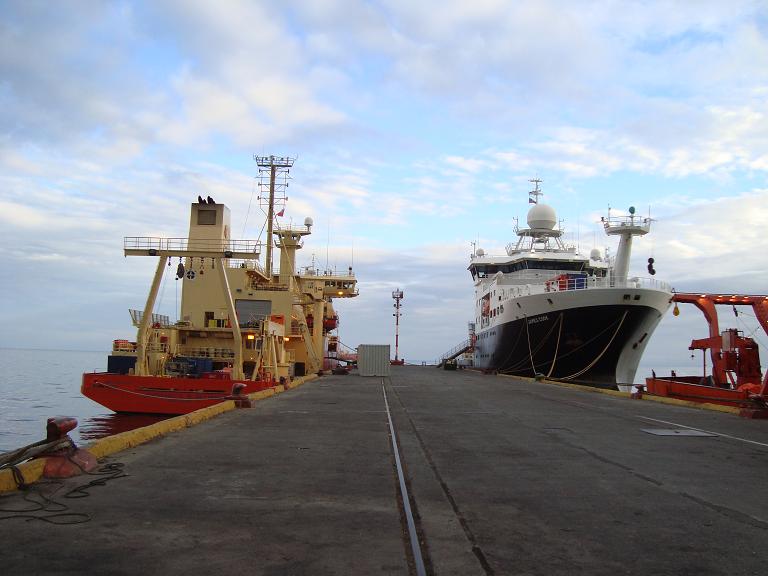
We are beginning the 2010 field season of LARISSA (“LARsen Ice Shelf System, Antarctica”), an interdisciplinary research initiative lead by Dr. Eugene Domack (Hamilton College) and funded by the National Science Foundation (NSF) as part of the International Polar Year. The goal of LARISSA is understand the causes and consequences of ice shelf collapse in the Antarctic. To do this, a team of glaciologists, physical oceanographers, marine geologists, and marine biologists will use the rapidly-changing Larsen Ice Shelf as a model system for understanding processes affecting ice shelf stability throughout Antarctica.
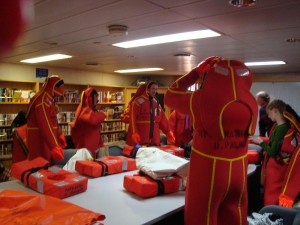
Much of the Larsen Ice Shelf has disappeared over the past two decades. The most northern section of the Larsen Ice Shelf, the Larsen A, collapsed in 1999. After two decades of shrinking, the Larsen B segment disintegrated in a dramatic four-week breakup in early 2002. Furthest south, the Larsen C segment persists with questionable stability.
LARISSA will focus on the Larsen B and C ice shelves to observe conditions following and perhaps preceding ice shelf demise. A marine ecosystems group will measure primary productivity and document changes in seafloor invertebrate diversity in the now-vacated Larsen B embayment—including the fate of unique cold-seep communities formerly situated 100 km from the leading edge of the ice shelf. A cryosphere and oceans group will monitor how glaciers emptying into the Larsen B embayment respond to loss of the Larsen B Ice Shelf, characterize sedimentation in the Larsen B embayment following breakup, and measure the relative contribution of air and sea warming to melting of the Larsen C Ice Shelf. A marine and quaternary geosciences group will map ice shelf extent over geological time and search rock, ice, and sediment records for the signature of past ice shelf collapse events.

Activity during the 2010 field season will revolve around the research vessel ice breaker Nathaniel B. Palmer—the ship currently carrying us through the Drake Passage. Helicopters will ferry scientists from the ship’s helipad to sites on the Antarctic Peninsula, where they will collect rock and ice samples and set up long-term monitoring stations. Cranes will deploy trawls, coring devices, moorings, and a remotely operated vehicle (ROV) to recover samples of marine sediments, plankton, seafloor invertebrates, and physical oceanography data. Small boats called zodiacs will occasionally leave the Palmer to retrieve sea ice samples. This flurry of data collection will make LARISSA one of the most complex field Antarctic field campaigns ever funded by NSF.
Our two-month-long sampling campaign will soon begin. In a little over a day the Palmer will arrive at our first work station near Vega Island. Planned activities at this site include ROV deployments, helicopter flights, and recovery of a “whalebone lander.” You’ll get all the details here at Deep Sea News!
For more Antarctica discoveries check out these other LARISSA expedition blogs!

[mappress]

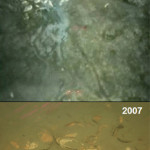

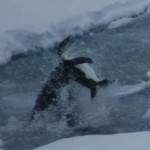
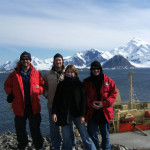
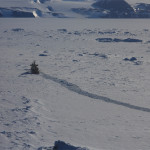
Good luck to you, good sir
Greetings to Dave and your LARISSA colleagues, from North America!
Dave, on my behalf, as you meet all that wondrous Antarctic flora and fauna, please encourage each every organism great and small(and I borrow from Jake Burns / SLF here) to “BE WHAT YOU ARE!!!”
Yeah, man! Exhort them all to fricken’ well NOT get discouraged, even in the face of our idiot society’s destruction of their age-old sacred habitat. May they all, and you LARISSA sojourners, LIVE LONG and PROSPER!!!
Kudos, stay somewhat dry and warm, and best wishes,
Uncle John in Boston